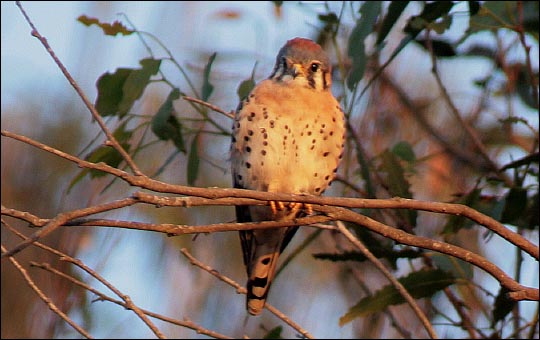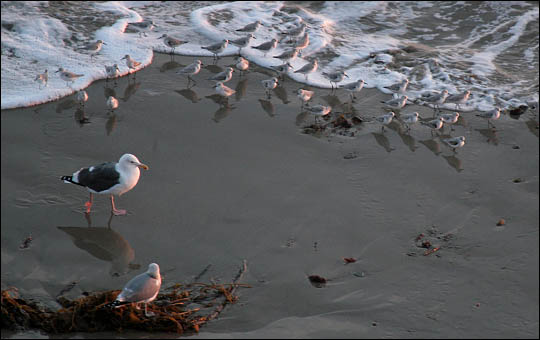New Biological Study Sought
Some History: As you all know, More Mesa is the last, large, undeveloped, open space in urban Santa Barbara. This coastal treasure is known for its outstanding biological and visual resources, and has been a recreational haven for Santa Barbara residents for almost six decades. Large developments on More Mesa were proposed, and denied, during the 1960s and 1970s. Then, a landmark biological survey, done under the auspices of UCSB, and led by Wayne Ferren, documented the site’s habitat value, particularly for white-tailed kites. As a result of this study, Santa Barbara County recognized the need for an Environmentally Sensitive Habitat (ESH) overlay on More Mesa. This overlay was formalized in the 1993 Goleta Community Plan, which specifies that development of up to 70 residences may occur only on the northeastern most 40 acres of More Mesa; the remaining 225 acres being designated as ESH.
For about ten years there have been no development proposals of any kind concerning More Mesa. However, the property was openly put up for sale early this year, with an asking price of $110M. So far, there seem to be no buyers. However, if the developable area were larger than 40 acres, or should the entire ESH overlay be removed, it is likely that prospective buyers would be extremely interested. The only way the ESH overlay can be changed, is if a new Biological Evaluation were conducted, and failed to show environmental sensitivity. Last month, the owner of More Mesa requested that the County of Santa Barbara arrange for such an updated Biological Evaluation of More Mesa.
Consequences: The consequences of reducing or eliminating the ESH are intensive development. If all 265 acres are defined as “developable”, building could occur over the entirety of More Mesa, similar to the proposals of the 1960s and 70s. Alternately, there are distinct possibilities that the development area, as currently defined, could be reduced (rather than increased), since there are more wetlands on the eastern edge than were there 25 years ago. Further, many species currently found on More Mesa that were not of special concern in the early 1980s, are now shown on special lists, becoming rare and are declining relative to their status.
Previous Study Was Very Well Done: The 1982 study collected data for an entire year and resulted in a 333 page report that has been a model of environmental analysis for the whole Santa Barbara area. Recommendations contained in the study were embedded in the 1993 Goleta Community Plan, and policies in that document concerning More Mesa are very specific. Moreover, the 1993 Goleta Community Plan received approval from the Board of Supervisors for Santa Barbara County, and the Coastal Commission as well.
What Next? In coming weeks, County staff will be preparing a Scoping Document to define what studies will be included in the proposed new Biological Evaluation. Subsequent to this determination, and in concurrence with the owner’s representatives, a Request for Proposal (RFP) will be issued to those organizations qualified to perform the work. Based on guidance in the Goleta Community Plan, the proposed evaluation will have to be comprehensive, detailed and lengthy. The public will be involved at several stages in the process and we will alert you to these opportunities. Moreover, we (MMPC) have already submitted a list of suggestions about issues that we feel should be treated as part of the study.

American Kestrel, male, along eastern border of More Mesa, November 7, 2007.

Shorebirds from the cliffs of More Mesa, November 7, 2007.